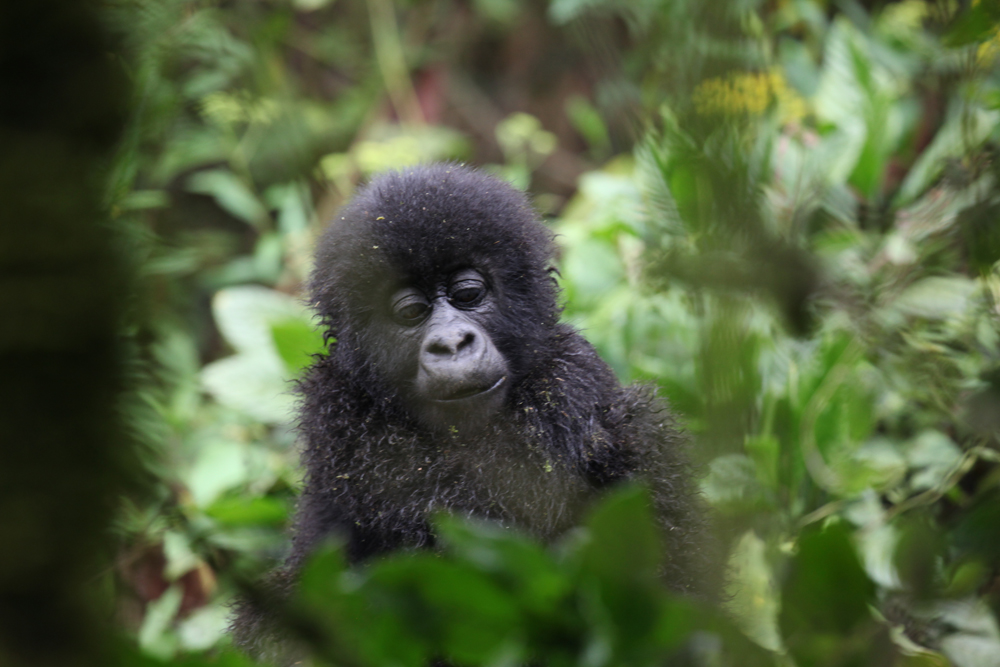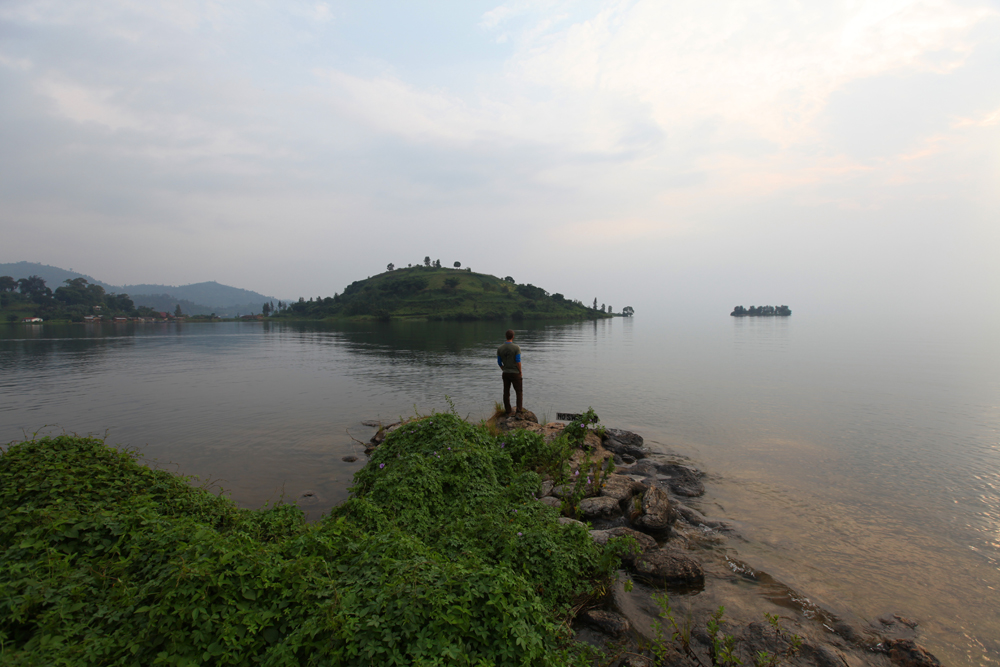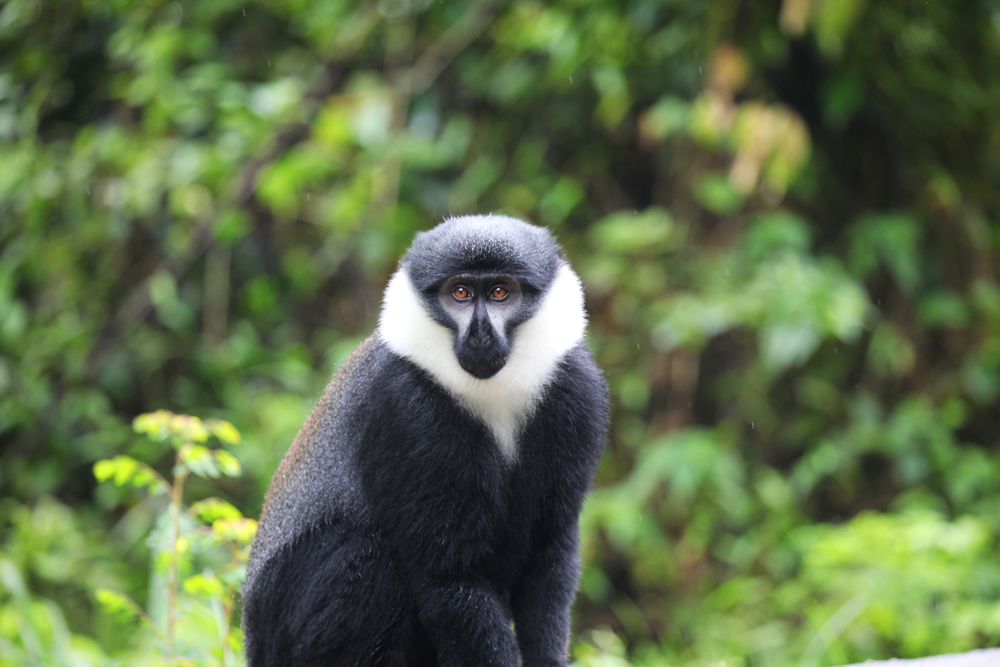
Let’s take a moment to try and define “ecotourism”, a notoriously fickle subject. With no legal definition or parameters, ecotourism can and does take almost any form some good, some not so good. Swimming with whale sharks, hiking the appalachian trail, even visiting an animal rehabilitation center: all of these could technically be defined as ecotourism. I know of more than one resort with a golf-course insisting they are an “ecolodge”. This can be problematic, of course, because even something that is actually harmful to the environment could still present itself as ecotourism.
At the core, however, ecotourism can be defined as a form of travel that is nature-centric and, in the ideal form, positively impacts the ecosystem that is being visited. This second point is the one of crucial importance, and is often very difficult to to measure or quantify. Ecotourism can be a tough sell. While most people would agree that living with, or at least getting out into nature is important, many people do not prioritize ecotourism as an expenditure. Ecotourism operators, with the goal of attracting travelers to unique locations and positively impacting the region, have to develop some pretty awe-inspiring natural experiences to grab people’s attention. Going to a national park might be enticing to some, but going to a national park with endangered species of colorful birds, big cats, grey wolves, or other unusual animals that you can see first-hand is even more enticing. However, if these close-contact experiences are not moderated, the wildlife, human visitors or environment can be compromised. The same can be true for highly facilitated interactions with animals and may be even more insidious in nature in terms of operation. Experts have recorded some animal sanctuaries, for example, don’t actually practice the release of rehabilitated animals into the wild, but keep them to entice visitors, so it’s always good to learn about good practices to look for.
There is no shortage of examples of ways that animal tourism doesn’t work. Carefully planned and well thought-out ecotourism asks the noble question: how can we promote interest and appreciation in wildlife and wild spaces ultimately to achieve conservation and preservation?
Rwanda’s Volcanoes National Park may hold the answer, and acts as a sort of model for how ecotourism can work. As visitors have become able to pay for a permit to go trekking with the highly endangered mountain gorillas, the benefits appear to be far-reaching. Not only is the desired goal of saving this endangered species being fulfilled, but it’s benefitting Rwanda at large.
How Rwanda is Helping Gorillas
In the last several years, the mountain gorillas in Volcanoes National Park, and to a lesser extent, Bwindi Impenetrable Forest (in Uganda) have been getting press. These gorillas, the largest primate on the planet, number at less than 1,000. Poaching has unfortunately gone unmitigated despite the critical numbers the mountain gorillas have dwindled to. Mountain gorilla meat is still considered a prestigious food among the wealthy, and superstitious beliefs such as the magical and medicinal properties of a gorilla hand have driven the black market for the body parts of these animals. The punishment for being caught (in 2011) poaching gorillas was about a $20 fine, which clearly isn’t enough to deter many poachers. Additionally, as logging continues in their habitat, not only do the gorillas experience a dwindling region in which to roam, but poachers have very easy means of accessing otherwise unreachable parts of the forest. Like all ecosystems, the pieces are interdependent, so the loss of mountain gorillas would have rippling effects through the biome.
But now, as the nascent tourism industry of Rwanda has begun to grow, the gorillas are turning into spokesanimals for all of flora and fauna in Rwanda and a model for ecotourism programs all around the world. As travelers have begun to come from all over the globe to visit the gorillas in their home, the relationship of the local communities to the mountain gorillas has changed, along with their sense of the value of the creature. Now, slowly but surely, an ecotourism industry is making saving the mountain gorillas a more profitable enterprise than hunting them. In this way, many poachers are actually beginning to find employment as park workers, a huge victory for conservation.

Seeing Mountain Gorillas in the Wild
So what IS a gorilla trek, exactly? Once your permit has been secured, you make your way to Volcanoes National Park in northwest Rwanda. Here, you’ll meet with the other travelers in your group (group size is limited to six so as not to over-habituate or overwhelm the gorillas) and a National Park Ranger briefs you on which family you are going to visit, giving you some background information about who they are, their history, and their personalities. Obviously, the gorillas are nomadic and wild, so you need a ranger and trackers to help you find them. Once you depart, there’s a beautiful stroll through Rwandan farmland where locals are working, chatting, and playing. Eventually, you’ll reach a stone wall that denotes the border of the park, and in you go, into thick, fragrant bamboo forests. Then you hike, which could be 20 minutes or 90 minutes, until your group approaches the gorilla family. There is a last chance to ditch any extra baggage or excess clothing before your one hour with the gorillas begins.
As you approach the gorillas, it is startling how close you come and how similar they are to us. The massive silverbacks sit and eat thoughtfully (they even sing while eating!), the babies spin in circles and roll around like goofy kids, and the big brothers sometimes seem to just be jerks to their little brothers. Due to their amazing size, similarity to us, and how close you are able to get, there really is no parallel to seeing these creatures in the wild. Unlike other forms of wildlife, they are completely docile and used to humans. While the adults, especially, don’t seem to really care one way or the other about what you are doing, there is something exhilarating and surreal about having a 400 pound silverback run by you so close that you could touch it.
For a full hour that literally feels like 15 minutes, you are able to be completely absorbed in the daily lives of these magnificent creatures, and in doing so, help save them. As they run, play, and keep moving through the forest, you and the group follow along, with rangers and guides to hack a path with machetes as needed. Eventually, though, you’ll have to wave goodbye to your friends.

How the Gorillas are Helping Rwanda
Like any good relationship, helping the gorillas means they are, in turn, helping the people. As the infrastructure grows around gorilla trekking, the benefits of ecotourism are slowly beginning to expand to other parts of the country. This is an important part of why this model is so great: Not only does gorilla trekking save this endangered species (as well as others) but it helps the local economy. Small lodges and restaurants have a chance to open up to support the increased traffic generated by the ecotourism. Le Bambou Lodge, for example, is one of many lodges that has been able to open since gorilla trekking began, providing a form of income in a part of Rwanda where those opportunities might be limited. Many artists are now finding ways to supplement their largely agricultural income by selling their works in or near the park. As more and more travelers come to see the gorillas, many of them are extending their stays to explore all that Rwanda has to offer. A burgeoning coffee tourism industry allows travelers to get a glimpse (and a taste) into the highly-regarded coffee-world of Rwanda. Inema Art Collective in Kigali is a great place to stop in and see some of East Africa’s most progressive, exciting artists at work. Nyungwe National Park in the south is home to some of the limited numbers of endangered Chimpanzees. Wildlife lovers can enter the forests with a guide to find them as well.
The mountain gorilla conservation program of Rwanda is perhaps the prime example of ecotourism. By placing value on the natural world, travelers can use their presence and money to make a vote: a vote that says yes, we care about protecting the planet and conserving it for the future. Ecotourism has laid a foundation for preservation of the past, as well as a road to the future. For travelers looking to have a once-in-a-lifetime experience that they can feel great about, Rwanda is a great place to start.

ABOUT THE AUTHOR
 Mike Long hails from shady Washington State and now called New Orleans home. He enjoys growing food and hiking!” Mike is the Operations Manager at Gondwana Ecotours.
Mike Long hails from shady Washington State and now called New Orleans home. He enjoys growing food and hiking!” Mike is the Operations Manager at Gondwana Ecotours.


